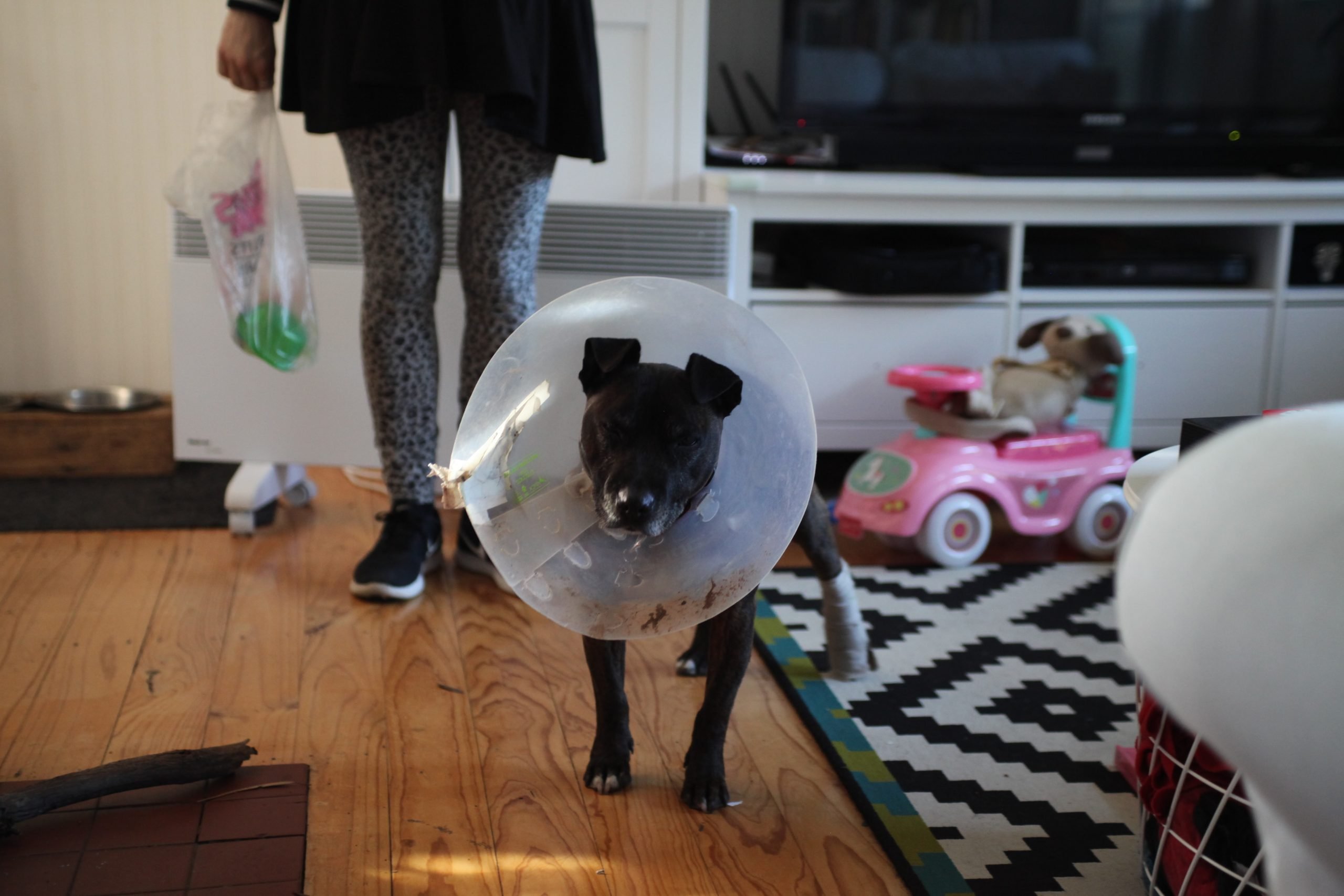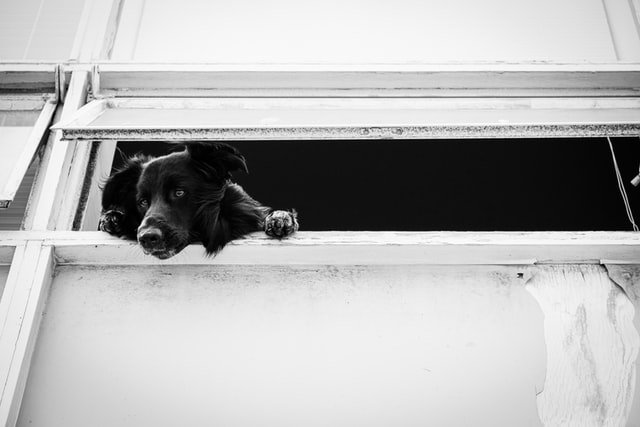
How To Prevent Separation Anxiety In Your Dog Post-Quarantine
- by cpc_admin
What is separation anxiety in dogs?
Separation anxiety happens when a dog is extremely attached to his owner and shows signs of a great deal of stress when left alone. Separation anxiety can be defined as destructive or disruptive behaviors when your dog is left alone.
Some common symptoms are:
- Urinating or defecating
- Barking and howling
- Drool, pant or salivate way more than usual
- Extreme self-soothing behaviors (licking or chewing themselves nonstop)
- Chewing, digging or destruction
- Escaping
- Pacing
- Coprophagia
- Hurting themselves
* If your dog is unable to take a nap and be calm when you leave for the day, separation anxiety might be the issue.
Why do dogs develop separation anxiety?
There is no real evidence as to why a dog may develop separation anxiety but with a lot more dogs being adopted from shelters it could be associated with one of the below reasons.
- Change in schedule such as post-quarantine
- Change of guardian or family
- Change in residence
- Change in household membership
- Being left alone for the first time
- Moving from a shelter to a home
You should first rule out certain medical conditions or behavior issues such as:
- Incontinence caused by infections
- Hormone problems or other health conditions
- Medication
- Submissive or excitement urination
- Incomplete house training
- Urine marking
- Juvenile destruction
- Excessive barking or howling

How to prepare your dog for the upcoming schedule change post-quarantine
Leading up to the schedule change you should introduce your dog to their new routine slowly. Start by creating a schedule of potty breaks, playtime, meal time or time you expect they will be kenneled. This will help slowly allow them to adjust to this new schedule. You may want to start by introducing short periods of separation, also known as Counter-conditioning. For less severe cases of separation anxiety, you can try these several Counter-conditioning tips below.
What is counter-conditioning?
Counter-conditioning means changing the pet’s emotional response, feelings or attitude toward a stimulus. Give your dog a special treat each time you leave, such as a kong filled with peanut butter or canned dog food. To make it more challenging you can freeze the kong with stuffing the night before. Your dog focuses on the treat while you’re leaving and has a positive association instead of a negative one. You should only give him this treat when you’re gone, and take it away when you get home. Don’t make a big fuss with comings and goings. Leave without a lot of greeting and ignore your dog for several minutes after you get home. Change your routine when leaving the house. If you always put on your shoes and then grab your keys, try reversing that routine or just grabbing your keys but not leaving. Block your dog’s view of the door, so that he can’t actually see you leave. Leave some of your recently worn clothes out for them. There are also many over-the-counter natural calming supplements available, as well. Trying the tips above will help make your dog realize that you coming home isn’t such a big deal, so being alone isn’t all that bad. This can be a pretty slow process, so be patient with the dog and yourself.

For a dog with severe Separation Anxiety, it will require more work as he won’t be as easily distracted by food and may require more time to adjust to your absence. He may start to show signs of nervousness before you even leave. For this, you will need to start the process of desensitization or enlist the help of a dog trainer or behaviorist. Dogs who suffer from severe cases of anxiety need to be weaned into short periods of disconnection from you. These separations should not produce any anxiety, so be sure you start with a reasonable time limit.
To start, try performing an out of sight stay. Teach your dog to stay or sit while you go on the other side of the bathroom door. Start with a short period of time and gradually increase to longer periods. Next, grab your keys and put your coat on and go into the bathroom. Once he is comfortable, progress to training the same behavior with an exit door. If you always leave via the garage door try implementing this technique on the front door first. Now you can incorporate counterconditioning.
Give your pup a puzzle toy before you step out the door. Wait until he is calm before trying another detachment session. If your dog is anxious, then he will notice this going into the next separation and will be overwhelmed. While you are exiting and entering the house, remain calm and quiet. This will lessen the difference between you being home and away and make it more likely that your dog will remain calm. Increasing detachment times is a slow process, and each dog is different.
In the beginning, you may only be able to increase by a few seconds every other session. Once you have built up to 40-minute sessions, you can increase the chunks of time by larger increments. Maybe increase by 5 minutes and then see how your dog handles it. Perhaps the next time you can increase by 15 minutes. Once he has made it up to 90 minutes, he can probably last 4-8 hours. Just remember to be careful and take your time.
In cases of severe separation anxiety you will need to talk to your vet about drug therapy or contact a trainer or behaviorist.
What is separation anxiety in dogs? Separation anxiety happens when a dog is extremely attached to his owner and shows signs of a great deal of stress when left alone. Separation anxiety can be defined as destructive or disruptive behaviors when your dog is left alone. Some common symptoms are: Urinating or defecating Barking and…
